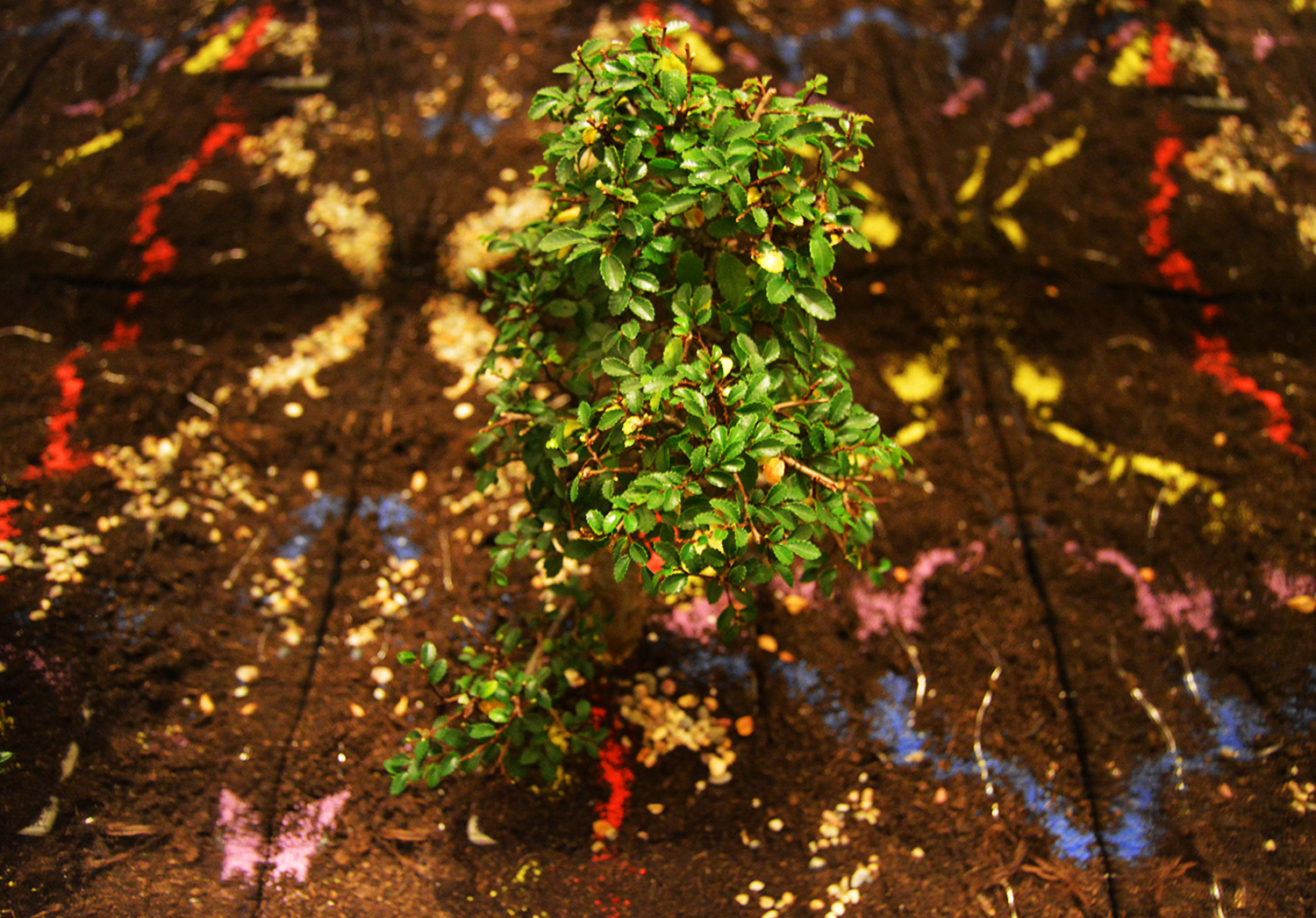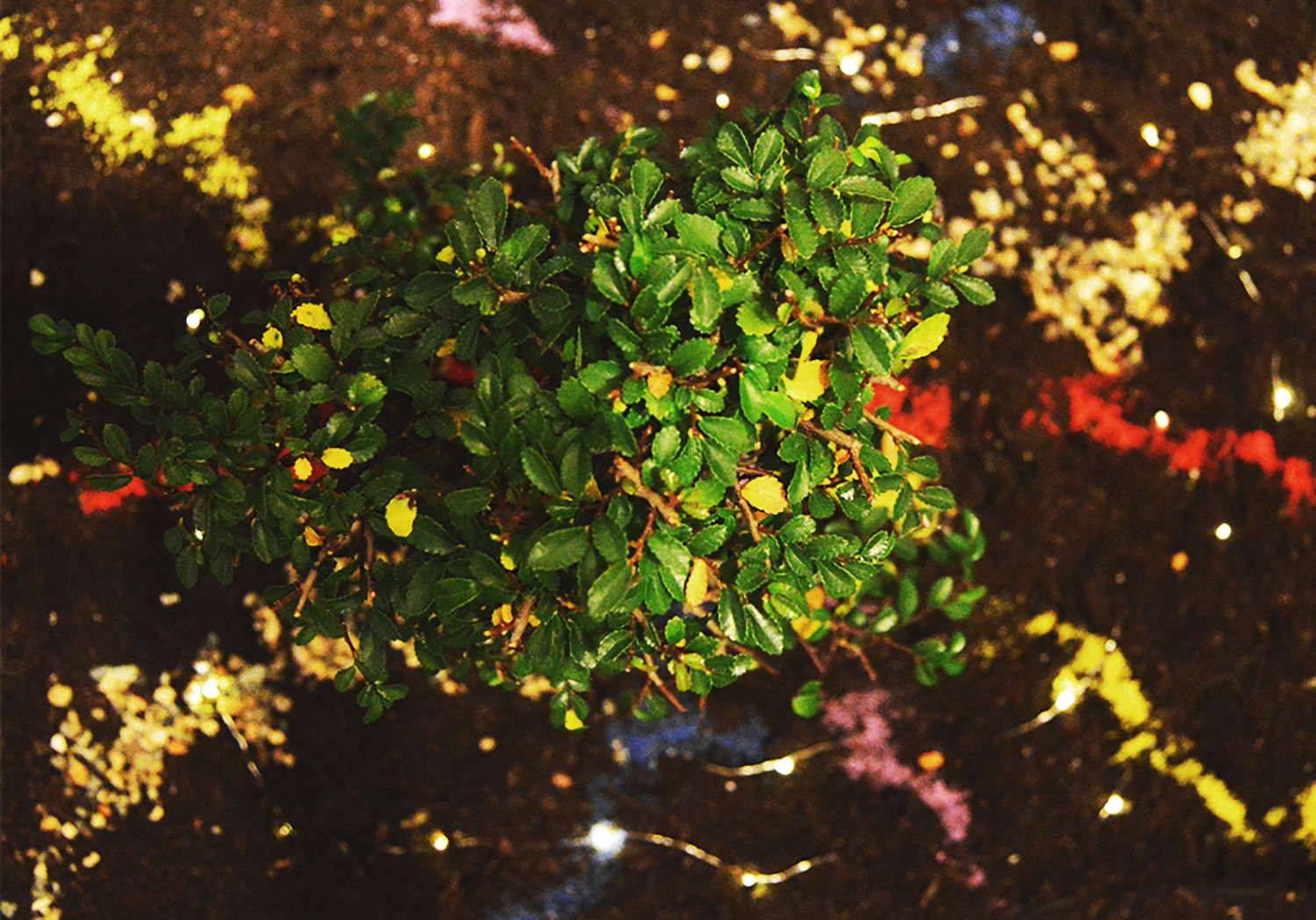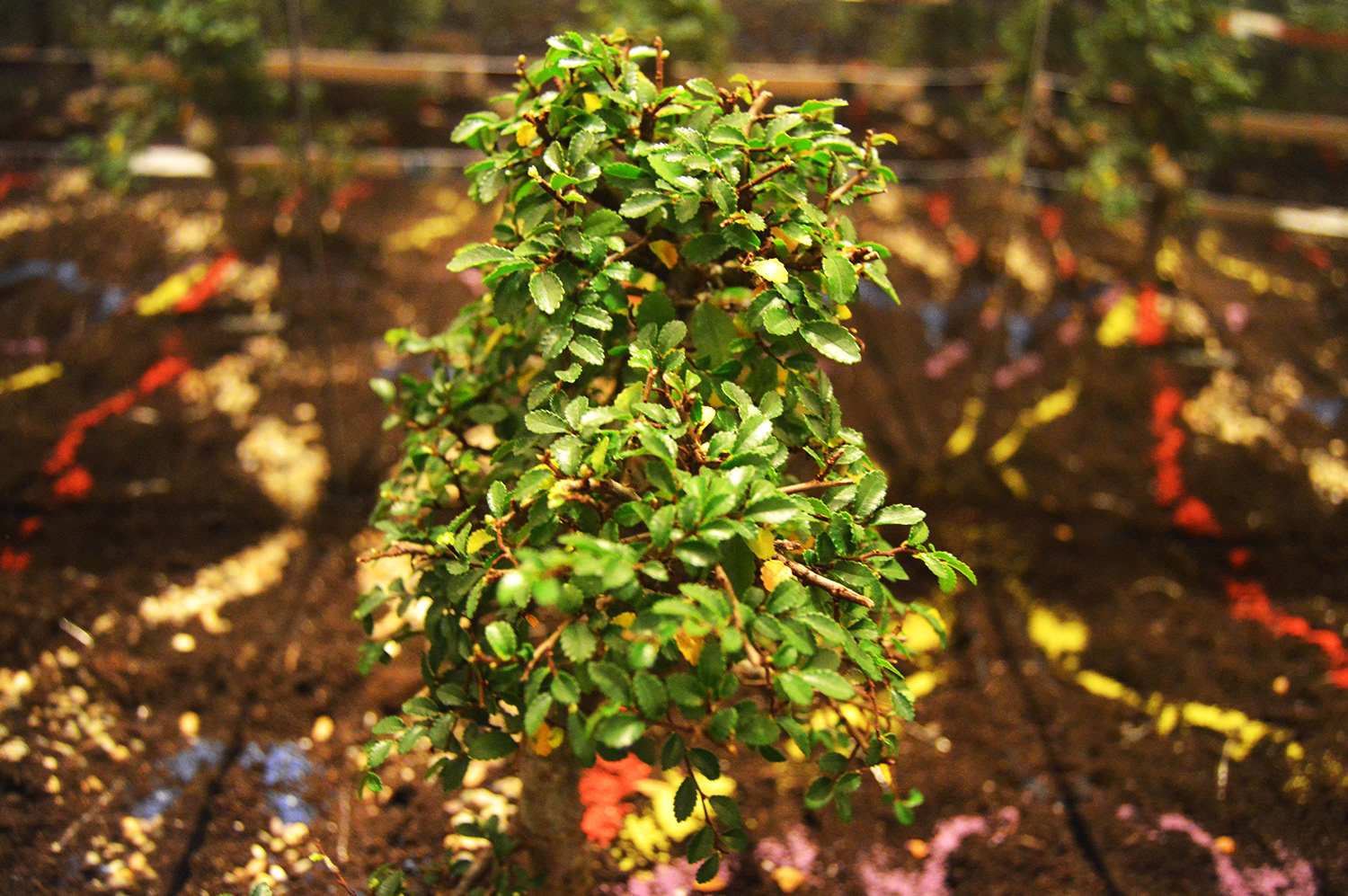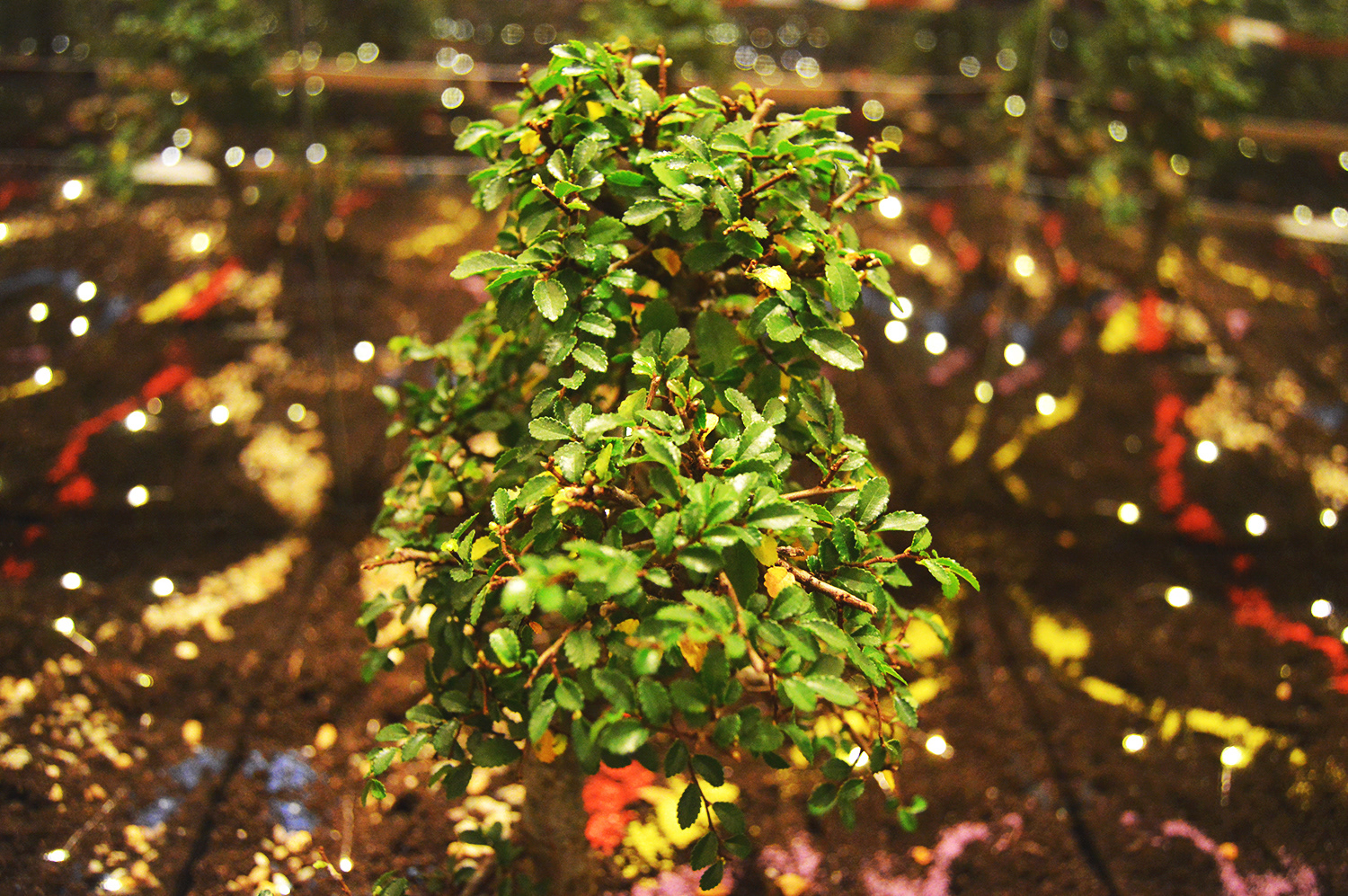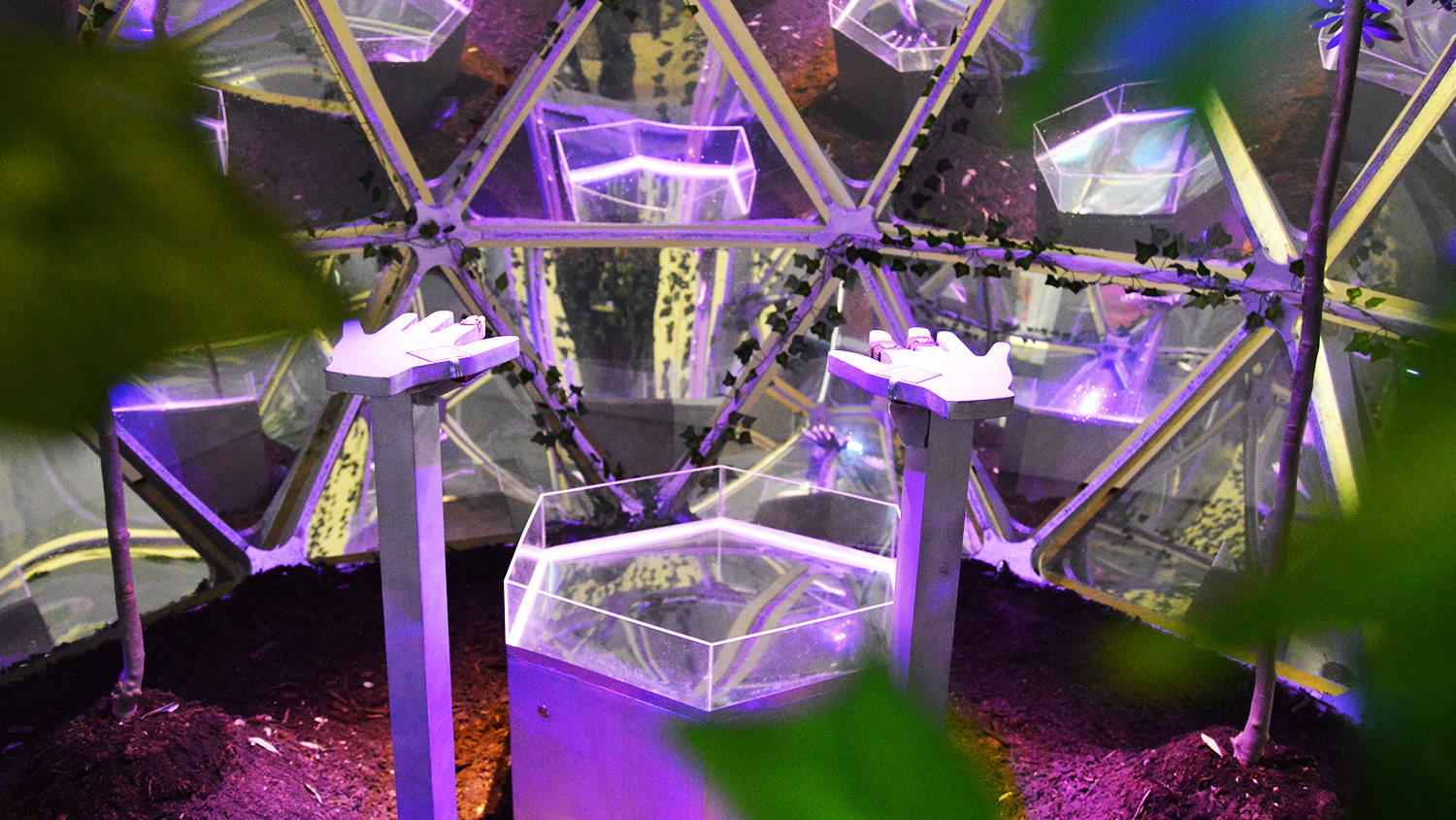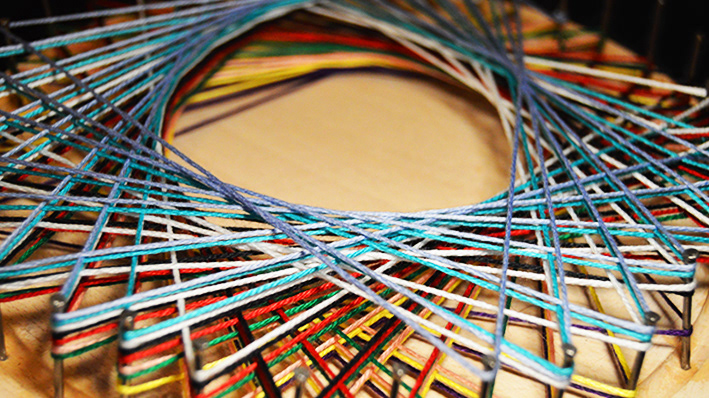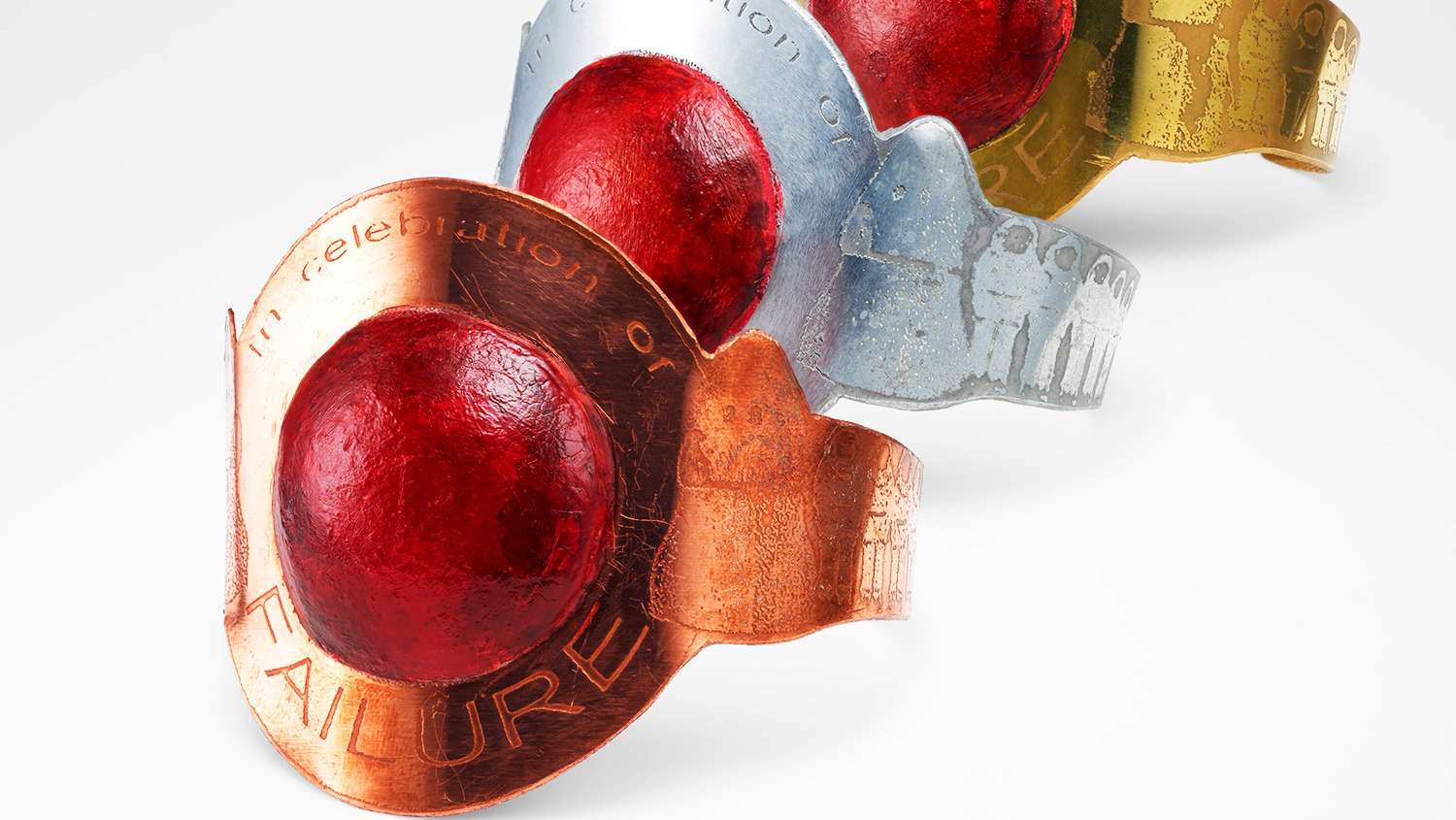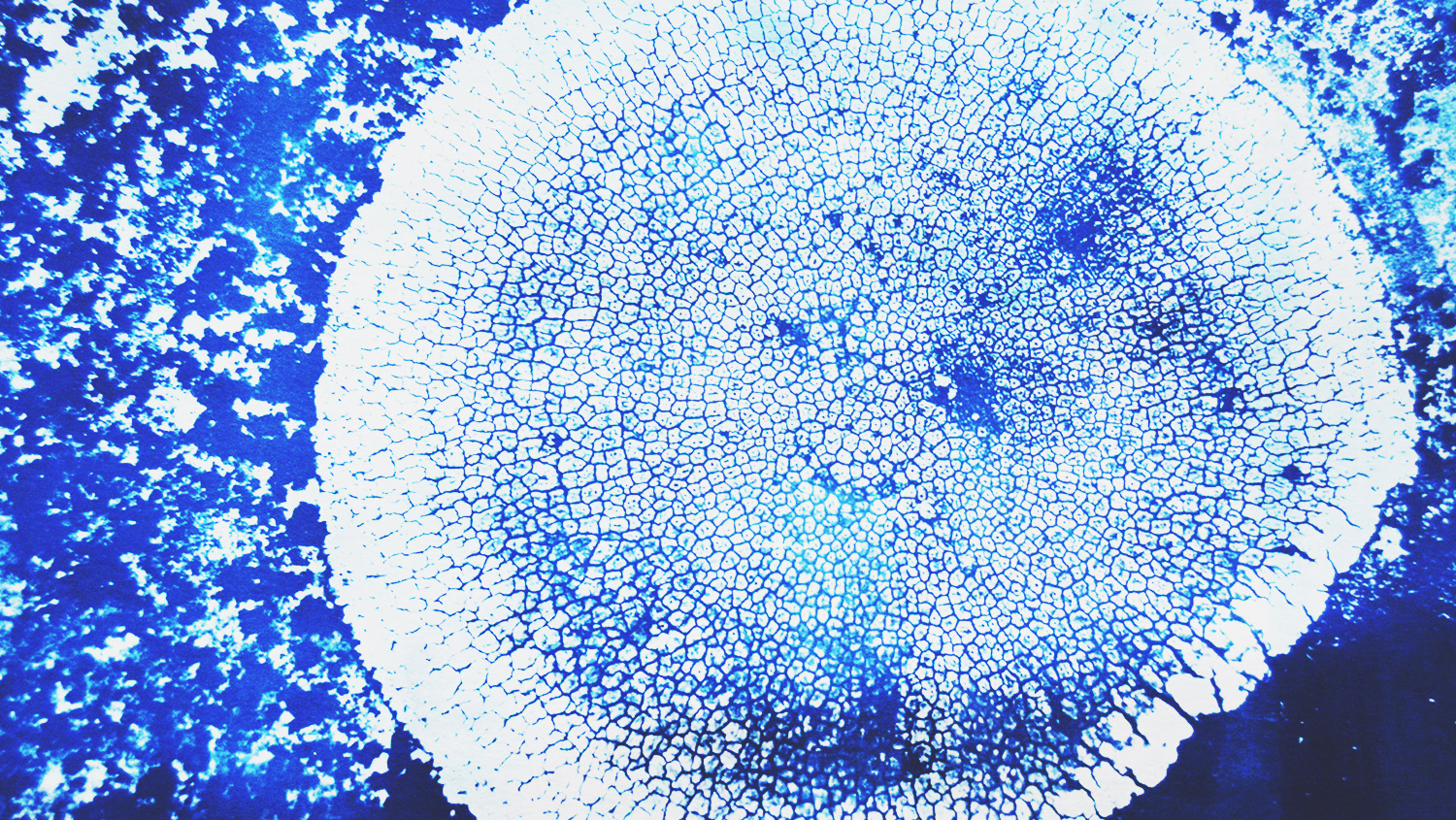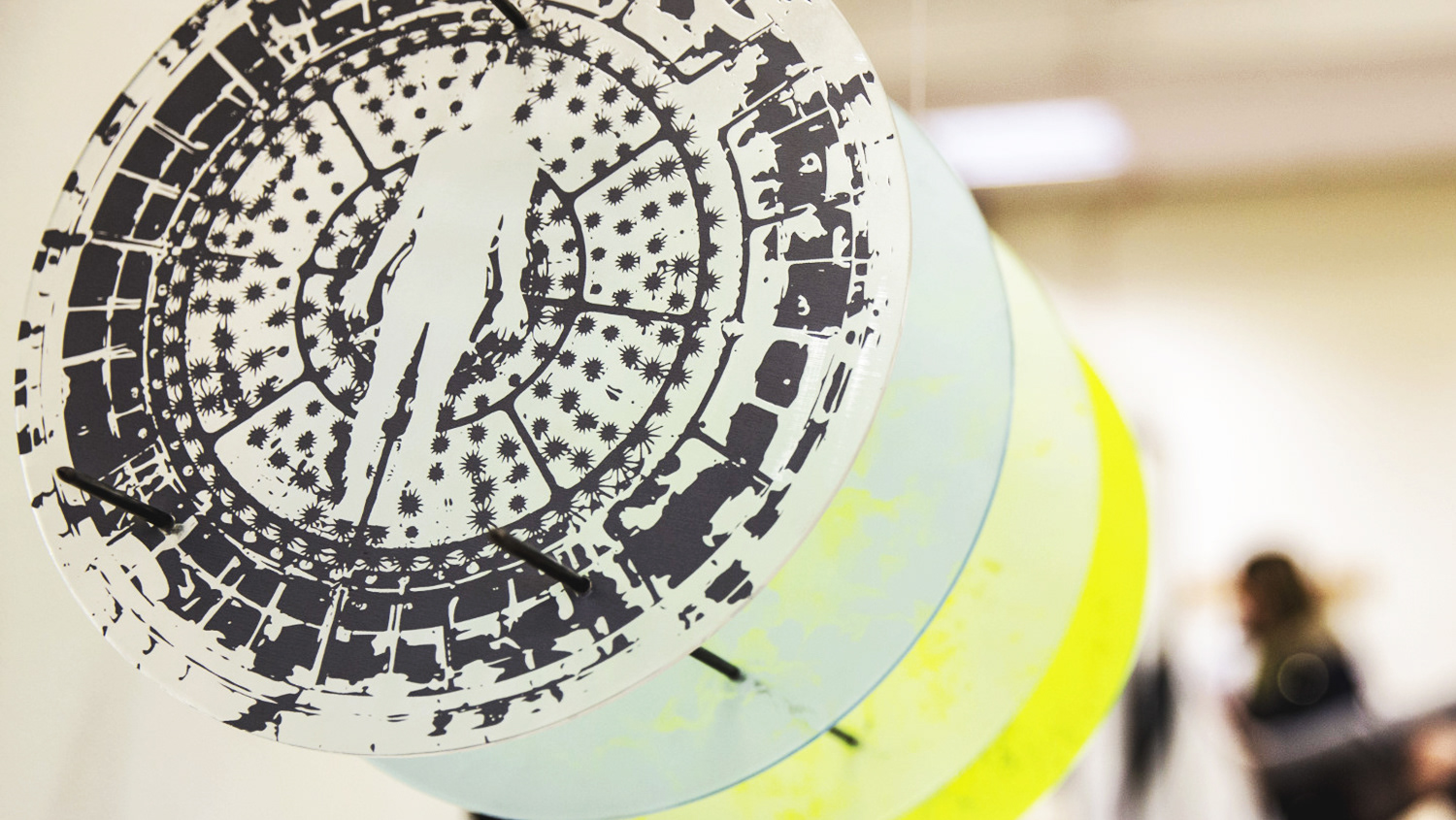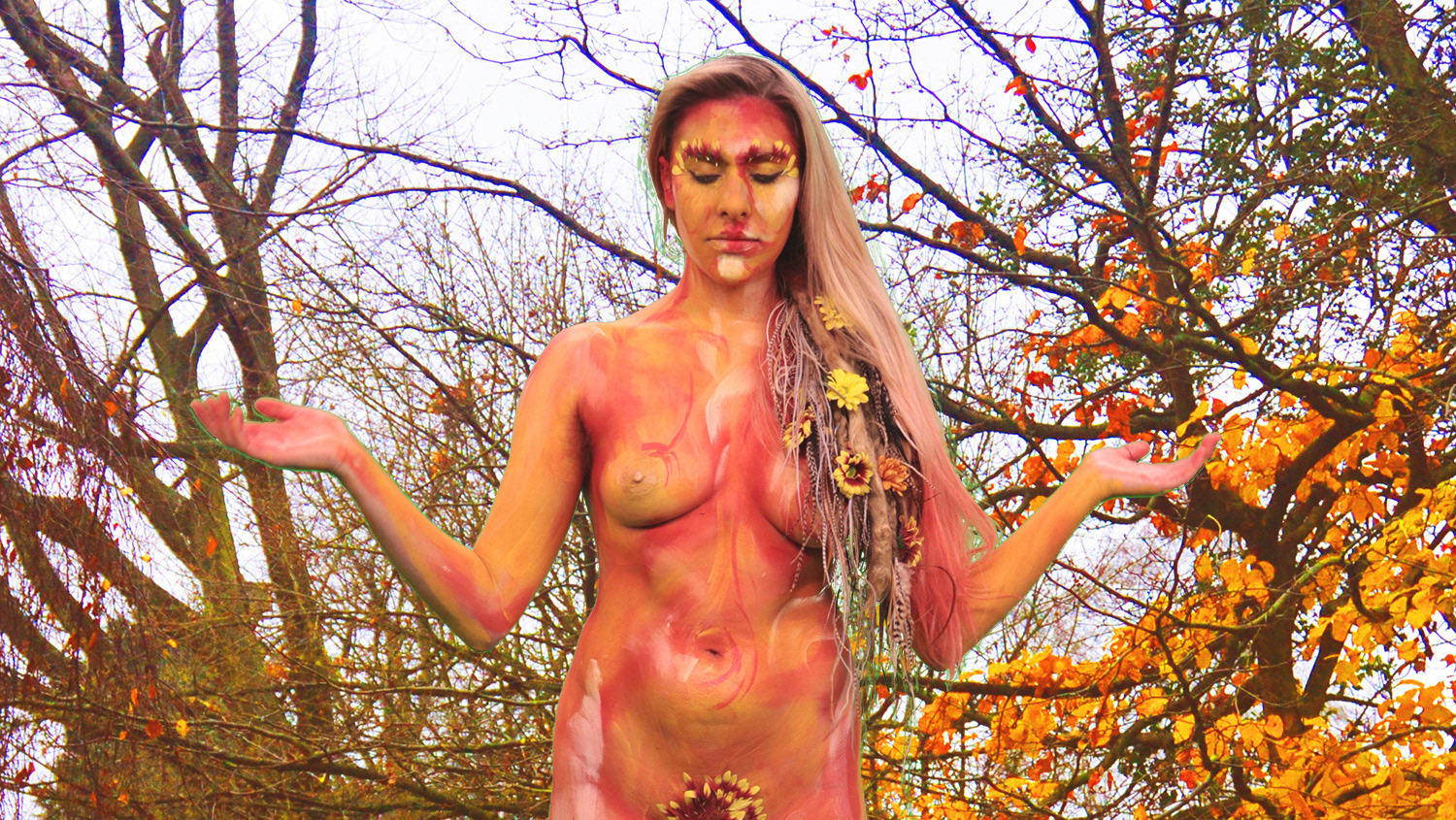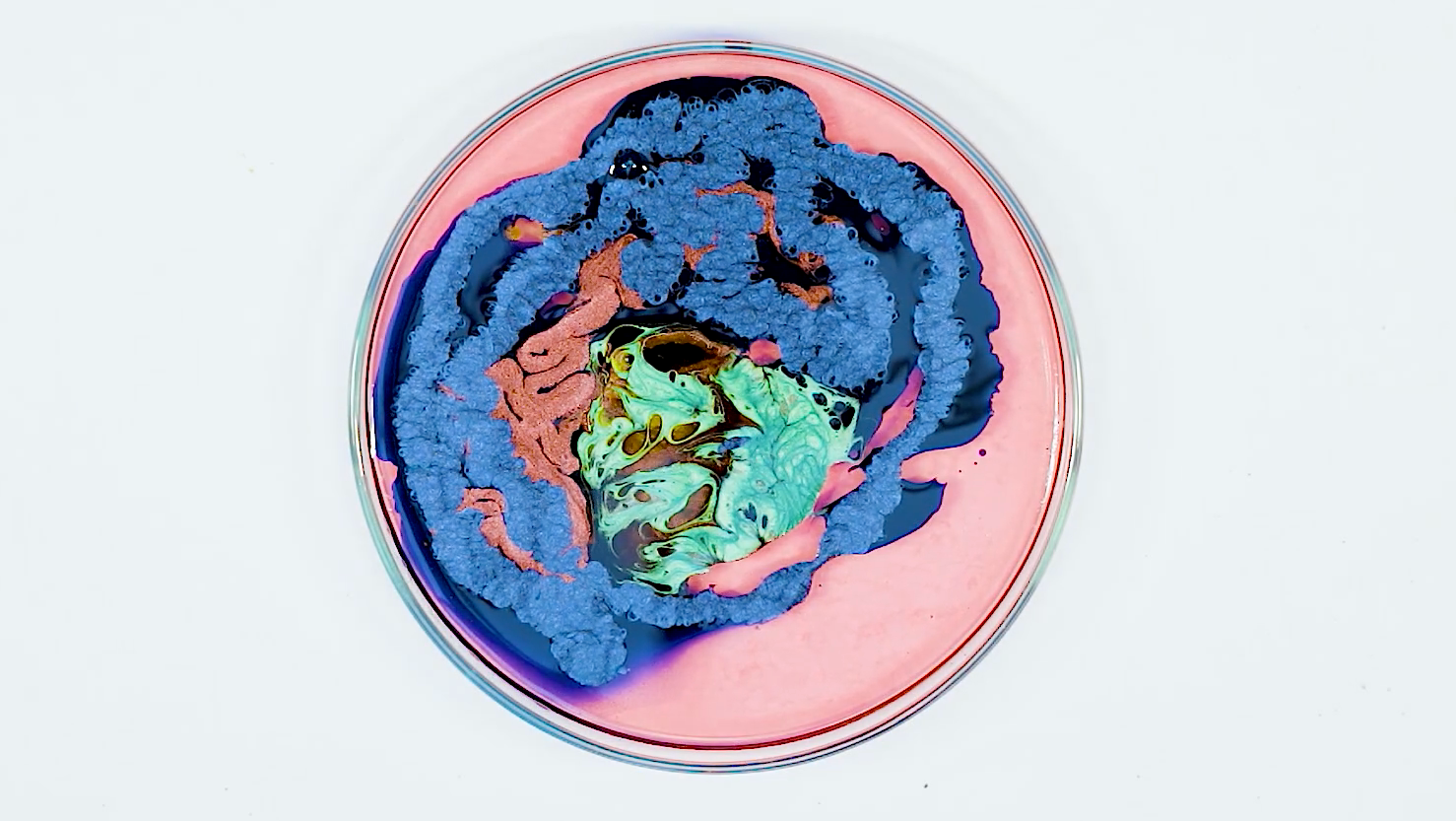VR film, soil, trees, lights, pebbles, mirrors
What trees see (2017) is a two-part project exploring our relationship with trees and by extension, our natural surroundings. It was first exhibited at ARTLAB, the MA Art and Science open studio in December 2017, followed by a workshop about trees at the 2018 Imperial College Science Festival.
As illustrated in the BBC Sounds podcast, Forest 404, a world without trees is an unthinkable place, something out of dystopian fiction. With climate change bringing droughts, forest fires, pests and migration of species, however, perhaps this disturbing vision is not as far off as we imagine.
Trees often blend into the background, props in the stage of our busy lives. We see them all around us but do we really notice them? If they were to grow eyes, what would trees see?
The first part of the project invites the viewer to interact with a VR film composed of 360-degree video clips from the branches of 10 different trees in a London park on an autumnal day. As the viewer observes the world go by through this unusual lens, they notice each tree's distinctive features including the quantity, shape and colour of its leaves, the texture of its bark, its size and the animals that call it home. The audio and visual immersion subverts our normal worldview and encourages us to explore the perspective of another life form, challenging anthropocentric ideals. What is the capacity, if any, of such technologies to promote nature connectedness?

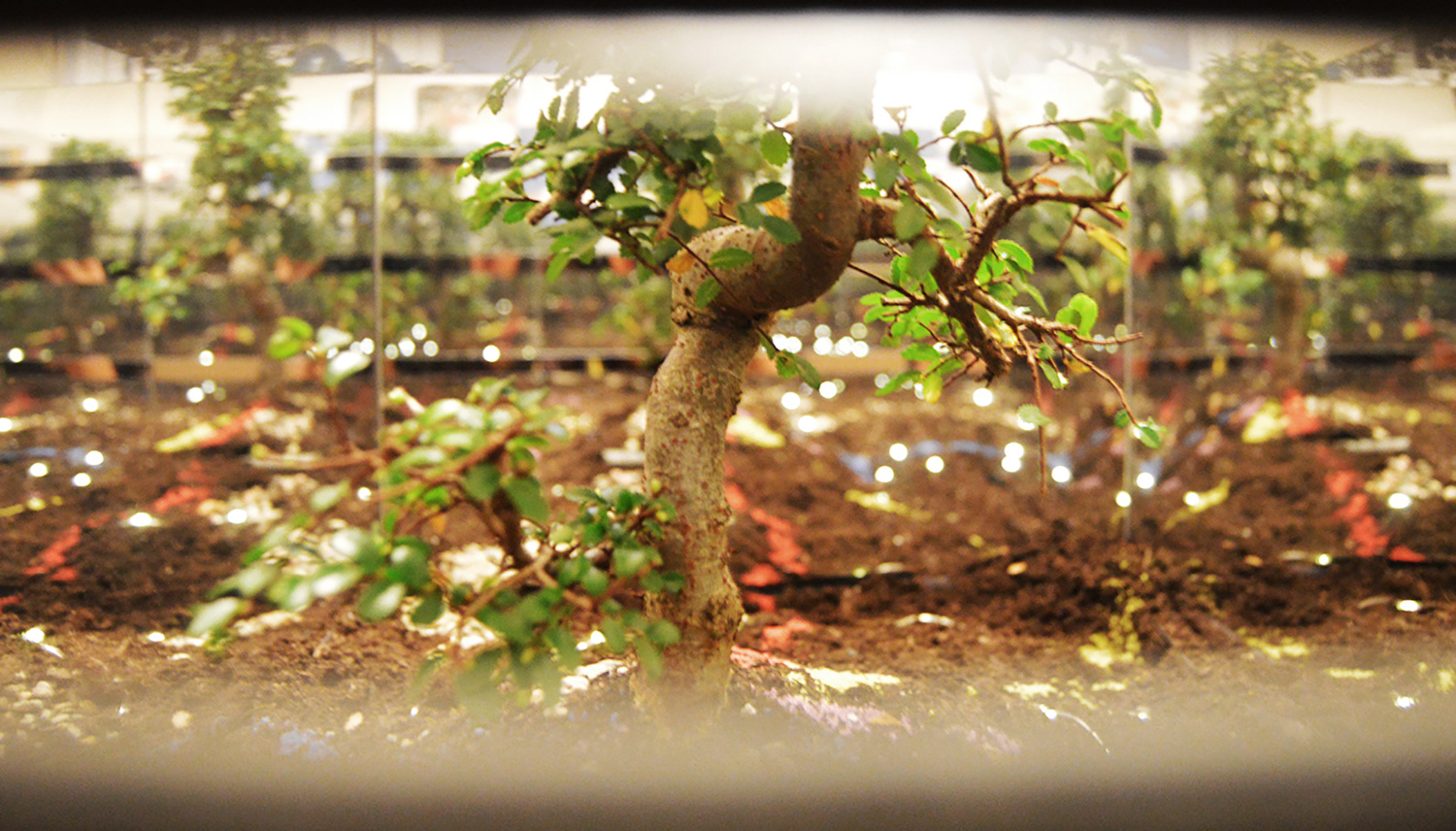
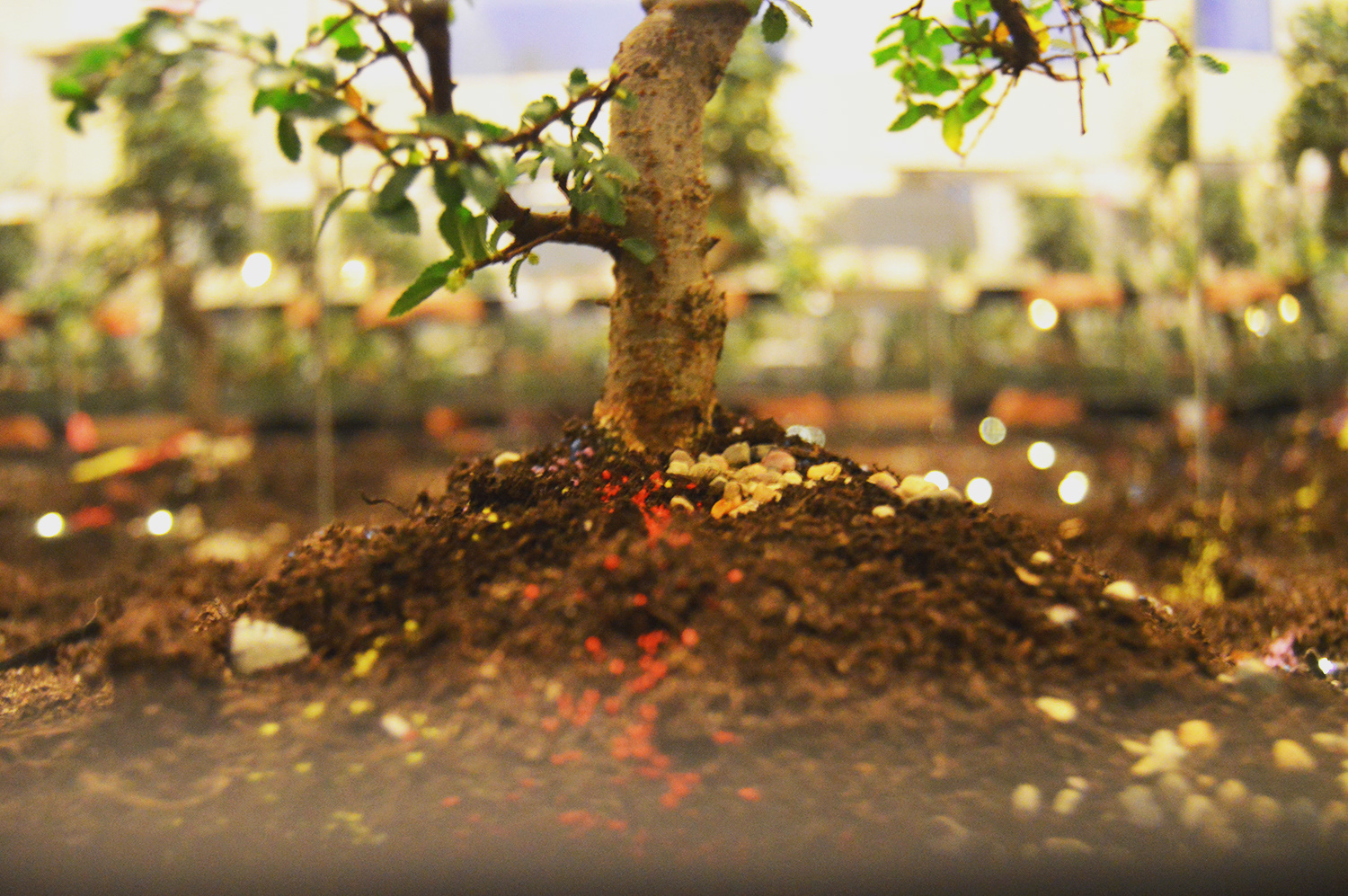
The second part of the project is an installation, which entices the viewer to look through three horizontal slits in an unassuming black box. Inside, different parts of a bonsai tree can be observed according to your level of sight. It sits in the middle of the box on a bed of soil with paths made of colourful pebbles. The inner walls of the box are mirrored creating infinite reflections of the bonsai, a forest illusion. A button on the side of the box can be pressed that turns on small lights in the soil, illuminating the scene.
The installation allows us to interact with and closely observe features of a miniature tree. Despite the reflective illusion, it is isolated and preserved in a confined space like an artefact in a museum, encouraging us to reflect on our relationship with the natural world.
